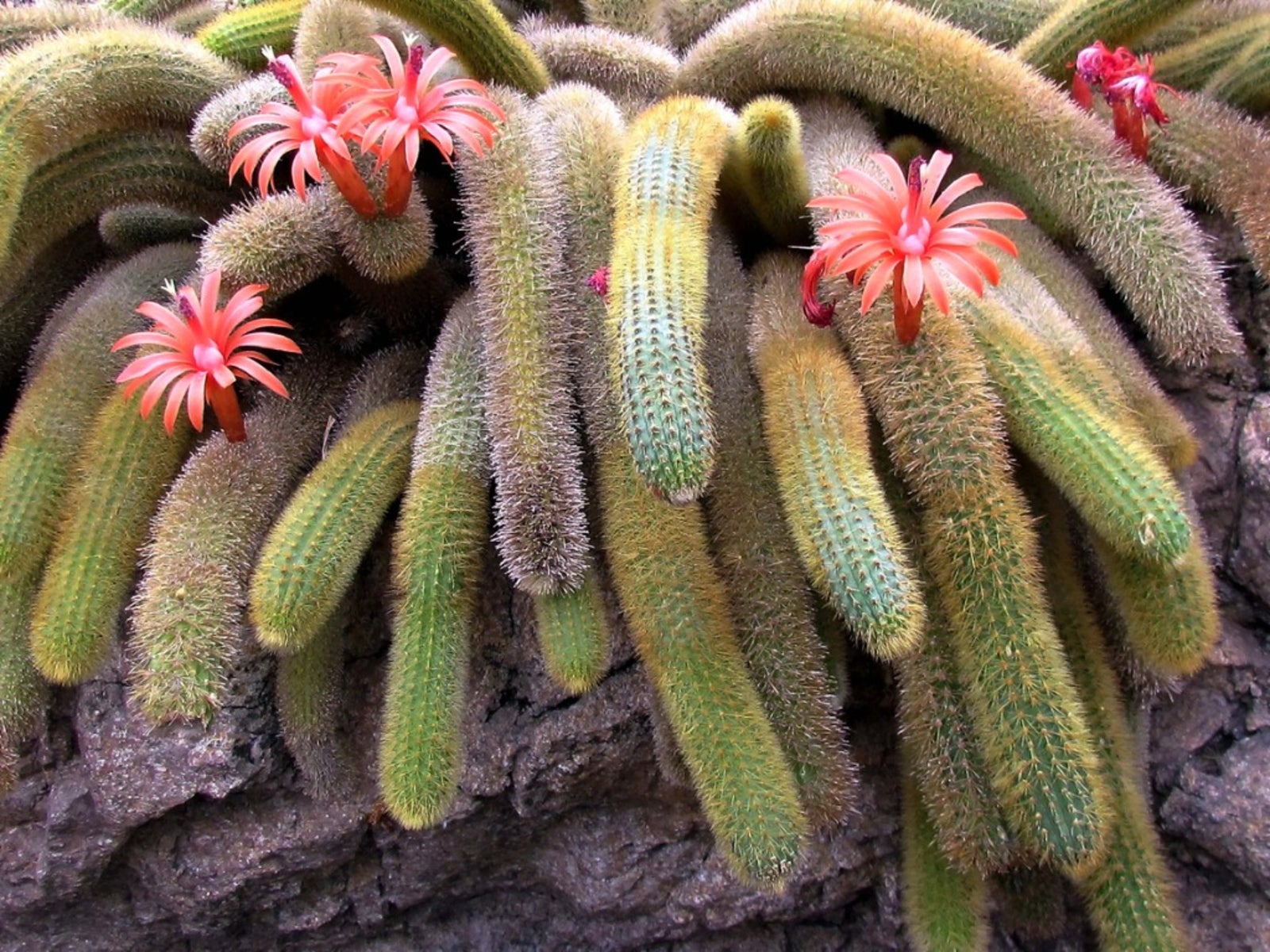Tarantula Cactus Plant: How To Grow Tarantula Cactus
Cleistocactus tarantula cactus not only has a fun name but a really neat personality. What is a tarantula cactus? Tame this unique spider-like plant for your own enjoyment and cool addition to your succulent collection.


Cleistocactus tarantula cactus not only has a fun name but a really neat personality. What is a tarantula cactus? This amazing cactus is native to Bolivia but will take a shine to your home interior with very little persuasion.
The fuzzy arching stems look just like a giant arachnid crawling out of the pot. Instead of feeling creeped out, get some information on how to grow tarantula cactus and tame this unique spider-like plant for your own enjoyment.
What is a Tarantula Cactus?
There are thousands of varieties of cacti and each has its own unique aspect and habit. The tarantula cactus plant (Cleistocactus winteri) is one of the most distinctive in appearance. It produces numerous stems that trail down from the crown of the plant, covered in golden hairs. Also known as the golden rat tail cactus, the plant is easy to grow in the home and relies upon little care from its keeper.
This plant is so named due to its uncanny resemblance to the large hairy arachnids by the same name. Instead of hunting down small rodents, birds, and insects, however, this furry organism just drapes itself coquettishly out of its pot, relying upon its radiant good looks to capture your attention.
Cleistocactus tarantula cactus is a perfect plant for a beginning gardener, with ease of care and undemanding nature. In spring, the plant will yield salmon-colored flowers with rayed petals. The blooms are 2.5 inches (6 cm.) across and brilliant against the golden stems.
How to Grow Tarantula Cactus
This variety of cactus makes an eye-catching display in a hanging planter. Along with the spiny hairs, it also produces spun white hairs that resemble cobwebs. The cactus may get as long as 3 feet (91 cm.) per stem in its native habitat, but will be smaller in a home environment.
Broken stems can be callused off and planted in spring to create new plants. They are also propagated by seed, but it takes many years before the plant is mature. Most gardeners simply purchase one and put it in a sunny window, thereby forgetting it for long periods of time. This is okay since the plant really only needs watering about once per month in the growing season.
Sign up for the Gardening Know How newsletter today and receive a free copy of our e-book "How to Grow Delicious Tomatoes".
Caring for Tarantula Cacti
In addition to watering once per month, the most important element of any potted succulent is the soil and drainage.
Use a cactus potting soil or a mixture of 2 parts sand and 1 part loam in an unglazed pot with plenty of unobstructed drainage holes. Fertilize in spring and summer once per month with a balanced fertilizer.
Cease both watering and feeding once the plant goes dormant in winter. Another aspect of caring for tarantula cacti is repotting.
Repot the cactus every other year to keep up with its fast-growing needs. The tarantula cactus plant is a strong performer and will thrive for years with minimum effort on your part.

Bonnie Grant is a professional landscaper with a Certification in Urban Gardening. She has been gardening and writing for 15 years. A former professional chef, she has a passion for edible landscaping.